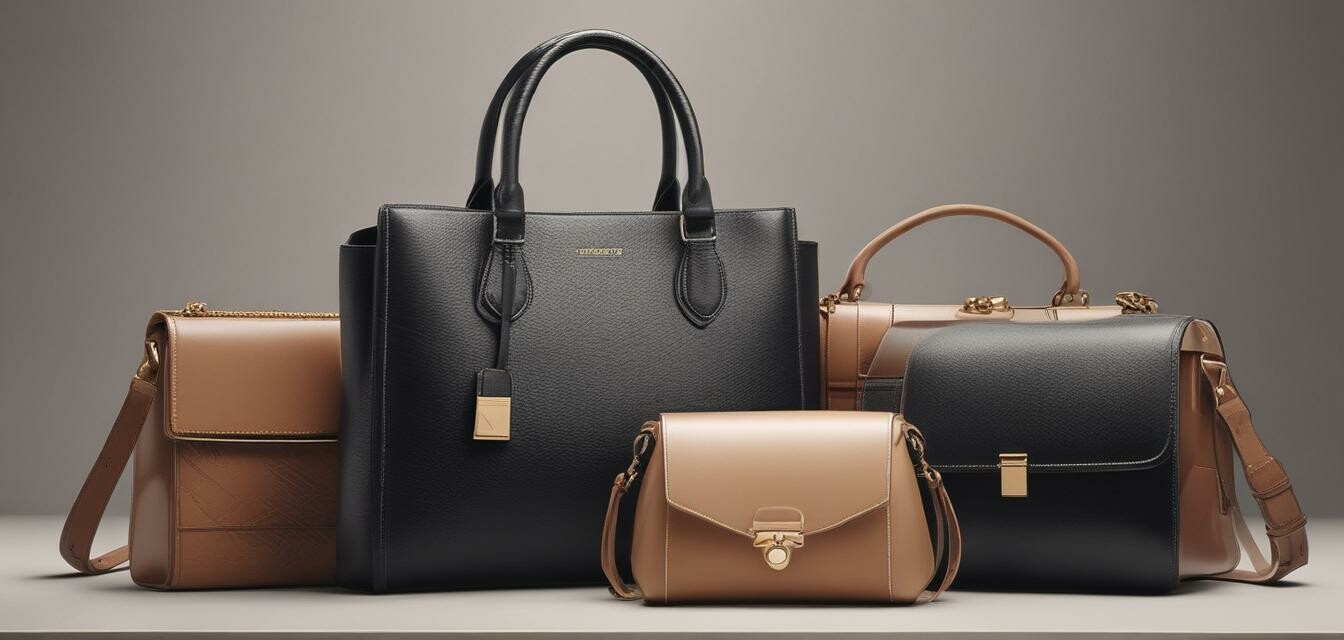
Essential Tips for Buying Designer Fashion
- Understand your personal style and comfort before shopping.
- Pay attention to fabric quality and craftsmanship.
- Know your measurements to ensure a perfect fit.
- Differentiate between authentic and counterfeit items.
- Stay informed about sale seasons and exclusive deals.
Shopping for designer fashion can be both exhilarating and intimidating. With so many options available, it’s crucial to equip yourself with the right knowledge. This article provides essential tips that can help you navigate your way through the luxury fashion world effectively.
1. Identify Your Personal Style
Before diving into high-end shopping, take time to understand your personal style. This will guide your choices and prevent impulse buys.
Key Questions to Ask Yourself
- What colors do I feel most confident in?
- What types of clothing make me feel my best?
- Am I looking for casual wear, work attire, or special occasion outfits?
2. Focus on Quality Over Quantity
When it comes to designer fashion, quality is paramount. Investing in fewer high-quality pieces is often more rewarding than accumulating a large wardrobe of lesser-quality garments.
What to Look For:
| Factor | Quality Indicators |
|---|---|
| Fabric | Natural fibers like silk, wool, and cotton |
| Stitching | Tight, even stitches without loose threads |
| Construction | Well-finished seams, lined garments |
3. Know Your Measurements
Accurate measurements are essential for ensuring the perfect fit. Here’s how you can measure yourself properly:
- Chest: Measure under your arms and around the fullest part of your chest.
- Waist: Measure around your natural waistline.
- Hips: Measure around the fullest part of your hips.
- Inseam: Measure from the top of your inner thigh to the bottom of your ankle.
4. Distinguishing Authentic and Counterfeit Items
Understanding how to spot authentic designer goods is essential in preventing fraud. Here are some tips:
Tips for Spotting Counterfeits
- Research the brand's logo and details.
- Inspect the stitching and craftsmanship closely.
- Buy from authorized retailers or the brand's official website.
- Check for authenticity cards and serial numbers.
5. Timing Your Purchase
Understanding sale seasons can maximize your luxury shopping experience. Here’s a brief overview of when to look for deals:
| Season | Best Items to Buy |
|---|---|
| End of Season Sales (January and July) | Winter and Summer collections at discounted prices. |
| Black Friday / Cyber Monday | Exclusive discounts on popular items. |
| Pre-Spring / Pre-Fall | New collections with introductory pricing. |
Explore Further
For more insights on luxury items, check out our Luxury Buying Guides. We provide expert advice on navigating high-end products effectively.
Pros
- High-quality materials and craftsmanship.
- Timeless styles that last through seasons.
- Boosted confidence and self-esteem when wearing designer pieces.
Cons
- High price tags that may strain budgets.
- Risk of purchasing counterfeit items if not careful.
- Maintenance costs for high-end fabrics and designs.
Conclusion
Shopping designer fashion is an art that combines knowledge, patience, and style. By following these essential tips, you will make informed decisions that enhance both your wardrobe and shopping experience. Always remember to prioritize quality and fit, ensuring that your luxurious purchases reflect your personal style. Happy shopping!

